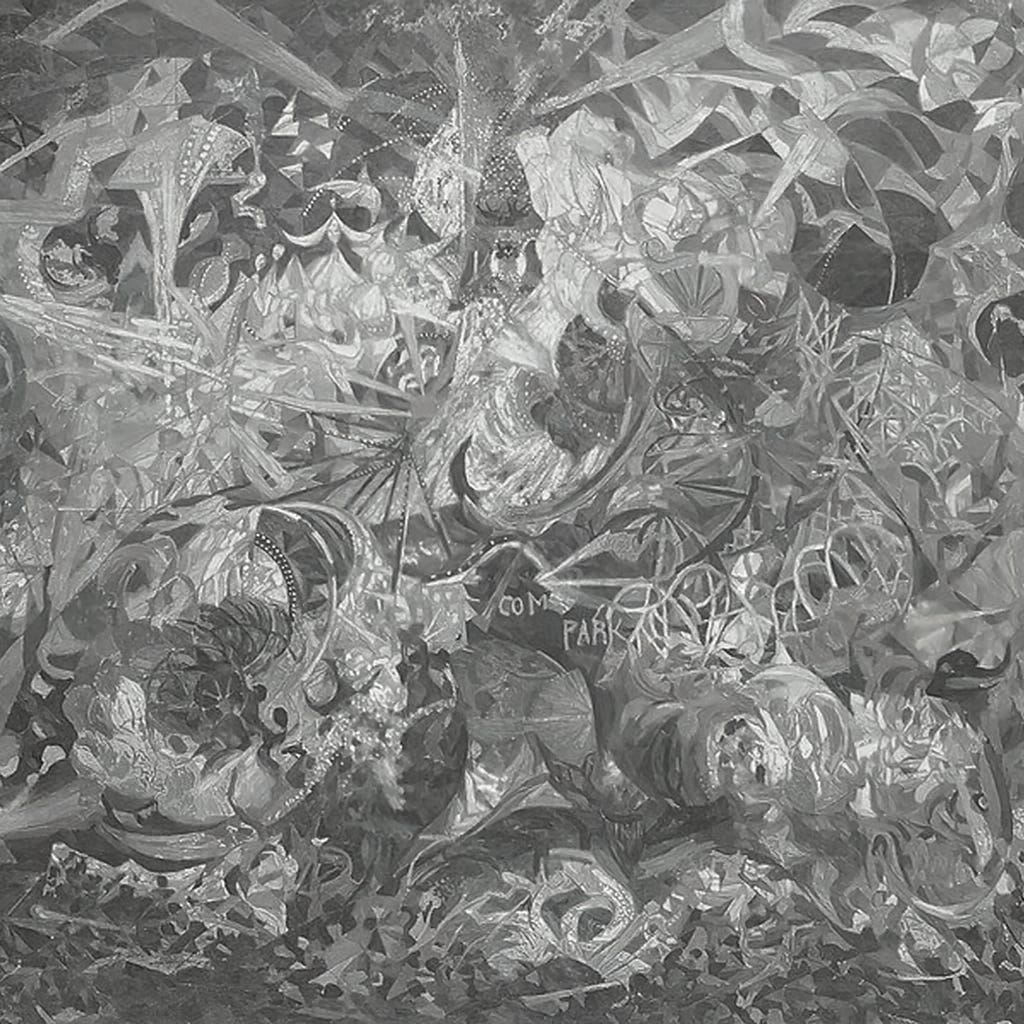In The Coney Island Void
The latest podcast episode, and a few additional thoughts on Coney Island Auto Parts
A new episode of the Divided Argument, Counter-Counter-Counter Designations, went up on Thursday:
Will and Dan record a rare live show in an unusual venue: the Salamander Resort in Middleburg, Virginia, at the annual attorney retreat for trial boutique Wilkinson Stekloff. Dan teaches Will some of the new lingo he’s learned from the firm’s trial experts before a deep dive into civil procedure. First, we dig into the recently argued Coney Island Auto Parts Unlimited v. Burton, which presents a seemingly easy legal question and harder questions about SCOTUS advocacy and ethics. Then we look back at last Term’s LabCorp v. Davis, which the Court DIG’d but which raises some fundamental questions about class action litigation that the Court is likely to revisit down the road.
Two additional show notes about Coney Island. First, the issue of SCOTUS representation we discuss on the show was raised earlier on Twitter by Orin Kerr, and there is some interesting discussion over at that site.
Second, as we discuss some on the show, I think there are some relatively easy ways to rule for the respondents in Coney Island, but only because some of the most important limitations have sort of been left out of the way the case has been argued. As framed, the case focuses on the narrow question of whether the motion for relief from a void judgment under rule 60(b)(4) must be “made within a reasonable time” under tule 60(c )(1). As we discuss, and as the Sixth Circuit held, I think it’s easy to answer that question “yes.”
But there are three important questions left out of frame that are not so easy.
Are there other ways to attack or disregard a void judgment outside of 60(b)(4)? It seems to me the answer is very likely yes. (After all, what did folks do before Rule 60?)
Is it possible that almost any time could be a “reasonable time” when the judgment is void. Or, more modestly, should the voidness of the judgment be taken into account in thinking about what time is reasonable?
This question might also relate to the first. If for some reason there were no other way to prevent enforcement of a void judgment, shouldn’t that be relevant to the reasonableness analysis?
If the answers to the first two questions are no, does the Constitution prevent the use of a void judgment to deprive a litigant of life, liberty, or property?
Again, I don’t think any of these three questions are well-posed in this litigation, and it’s easy to rule for the respondents by leaving those three questions open. But the Court will likely need to at least be aware of those questions in resolving the QP and hopefully won’t say anything about them it doesn’t intend to.
Meanwhile, feel free to comment on the case or anything else in the episode in the comments below!


